Physicists at the Indian Institute of Science (IISc) have discovered that pure mathematical formulae developed by Srinivasa Ramanujan over a century ago for calculating the value of pi are fundamentally connected to modern high-energy physics.
The Indian Institute of Science Education and Research (IISER) Pune on Tuesday launched the VOICE Fellowship 2025
Pune/
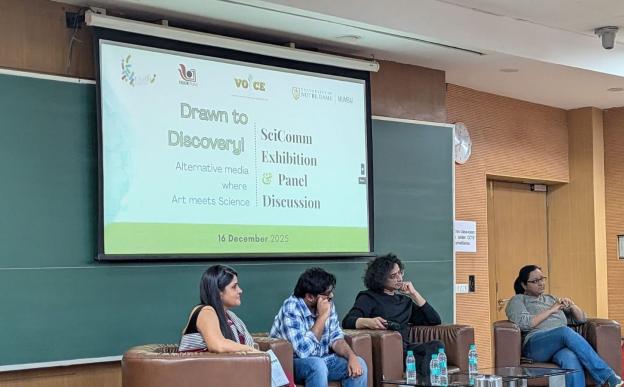
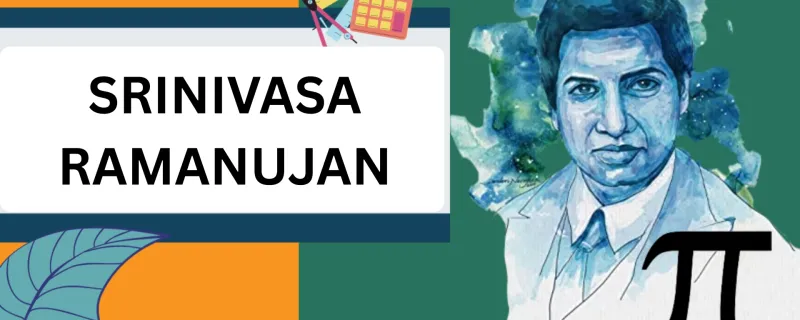
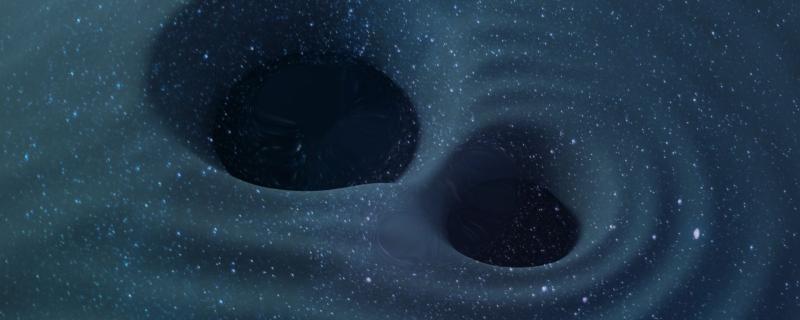
![Simulated electromagnetic (EM) emission from accreting binary massive black hole during the late inspiral phase. [NASA/GSFC]; Credits: https://svs.gsfc.nasa.gov/13086/ Simulated electromagnetic (EM) emission from accreting binary massive black hole during the late inspiral phase.](/sites/researchmatters/files/styles/large_front_800x320/public/BH-Merger.png?itok=NUlnJSYY)
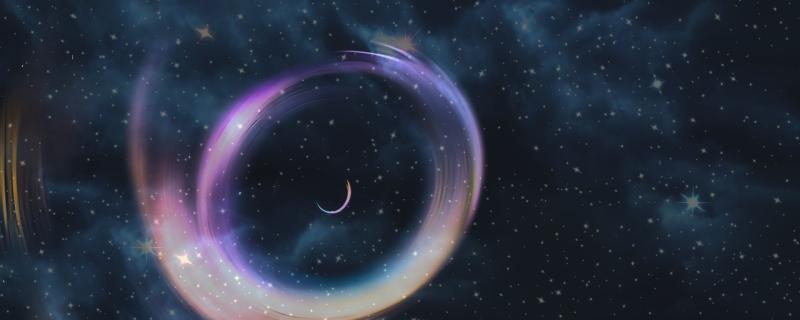
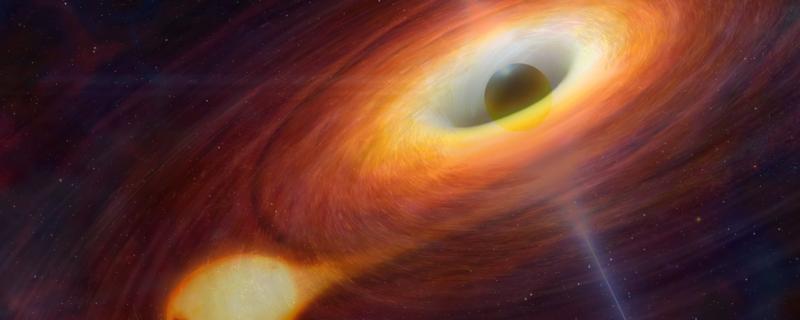
![Snapshot of simulation showing two black holes colliding with each other. [Image Credits: Wikimedia Commons] Digging the grave: In search of the remains of merging black holes and neutron stars](/sites/researchmatters/files/styles/large_front_800x320/public/merger.jpg?itok=cwO7xc1a)
![The first ever photograph of a black hole at the centre of M87. [Image credit: Event Horizon Telescope Consortium] Black hole shadows could throw light on dark matter](/sites/researchmatters/files/styles/large_front_800x320/public/20190410-78m-4000x2330.jpg?itok=lFGaANOS)